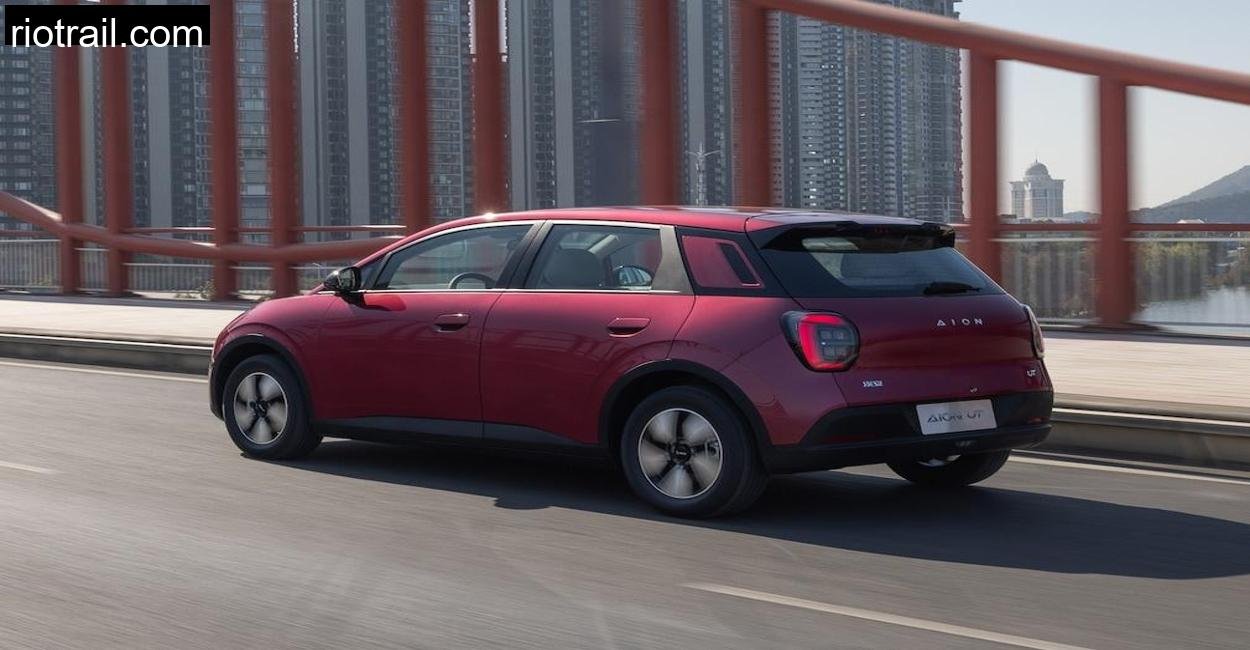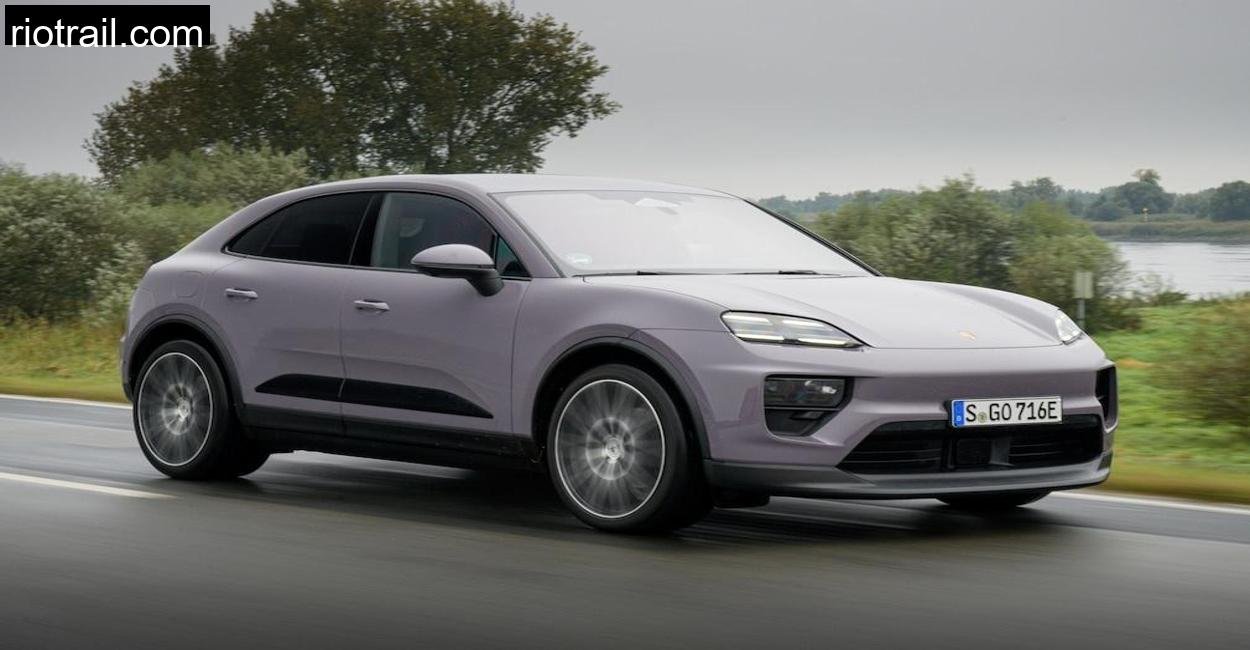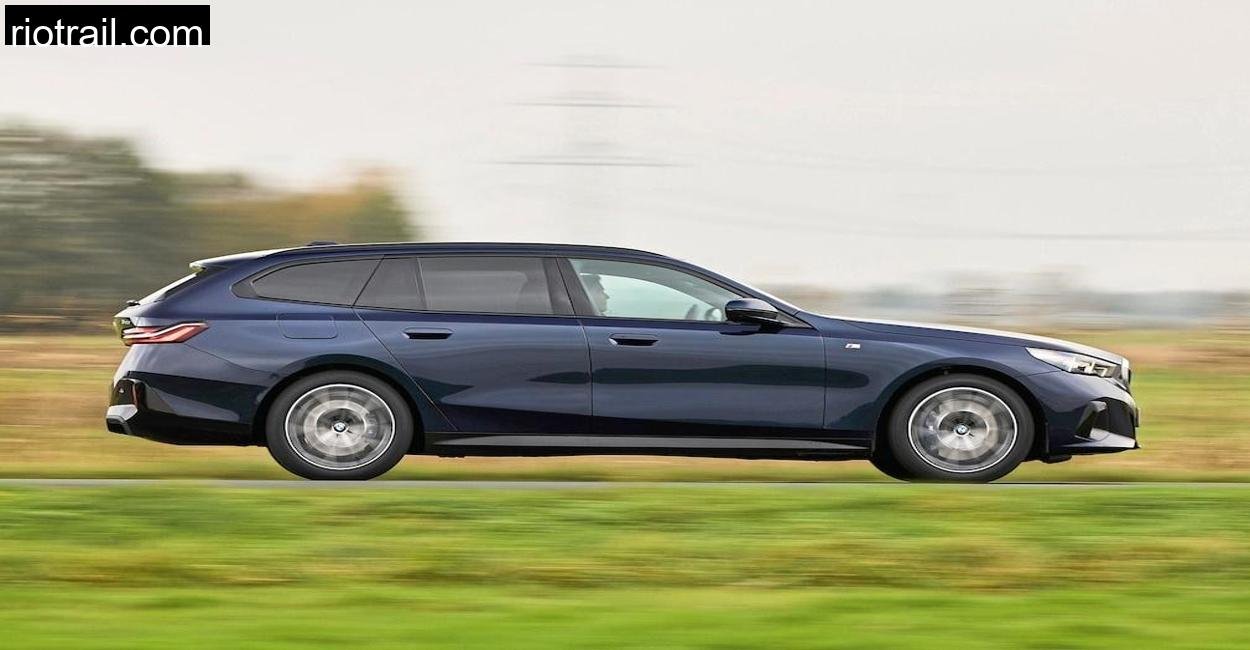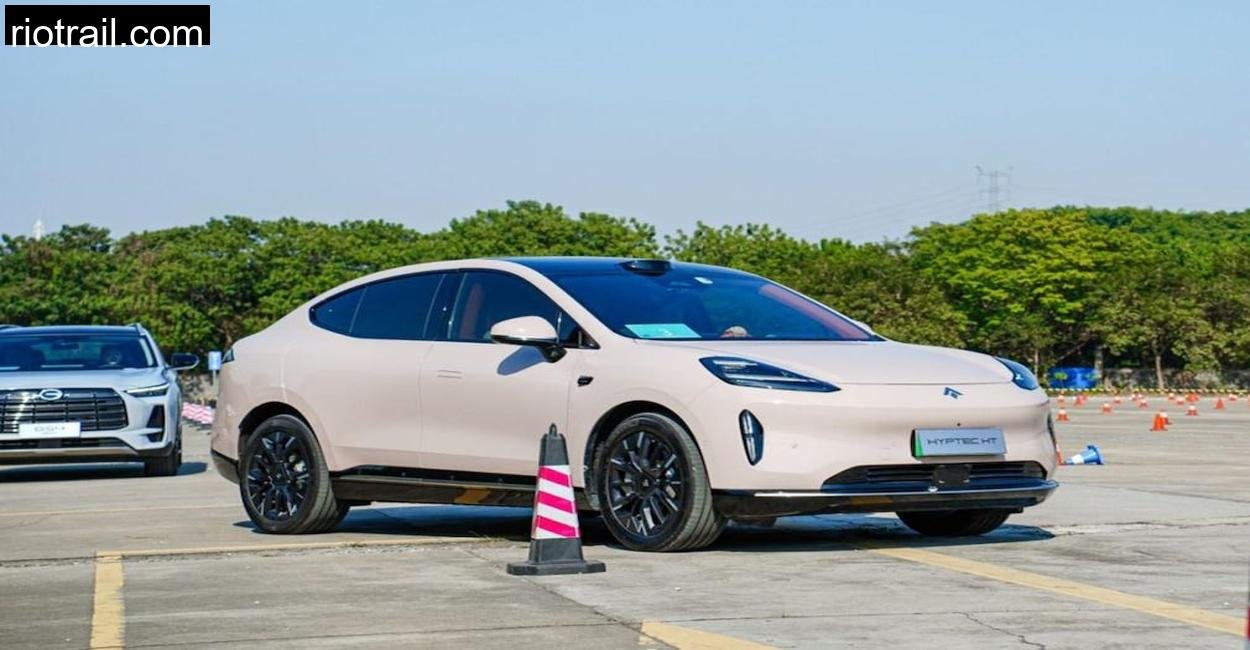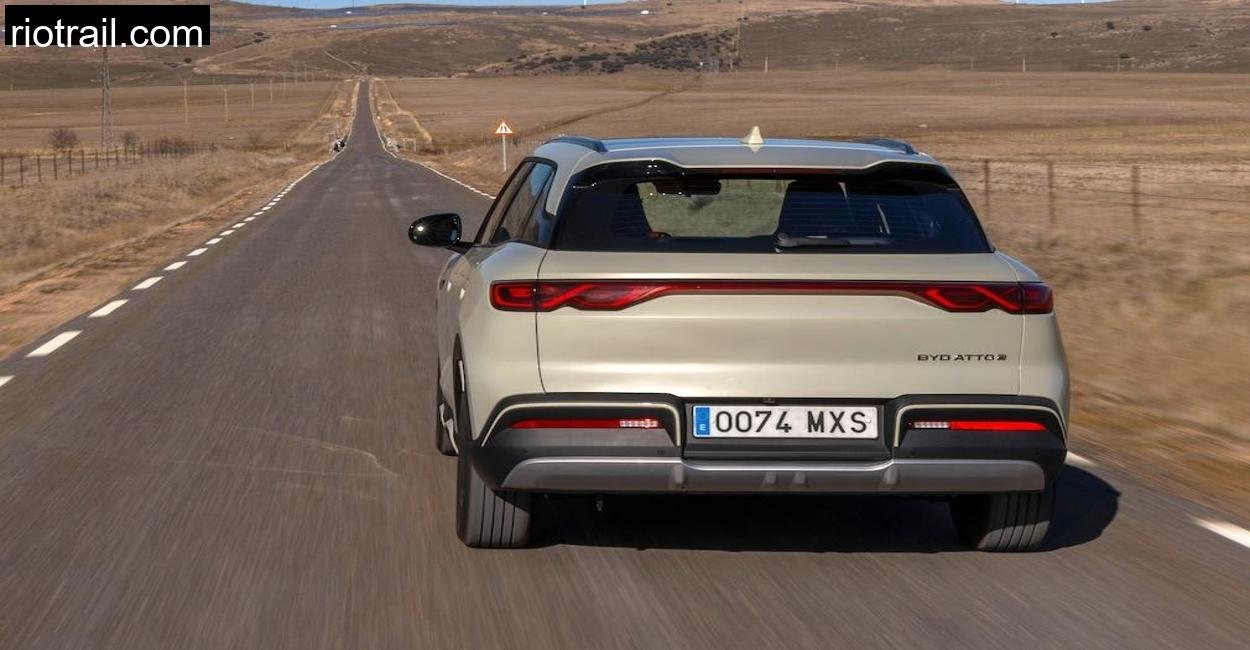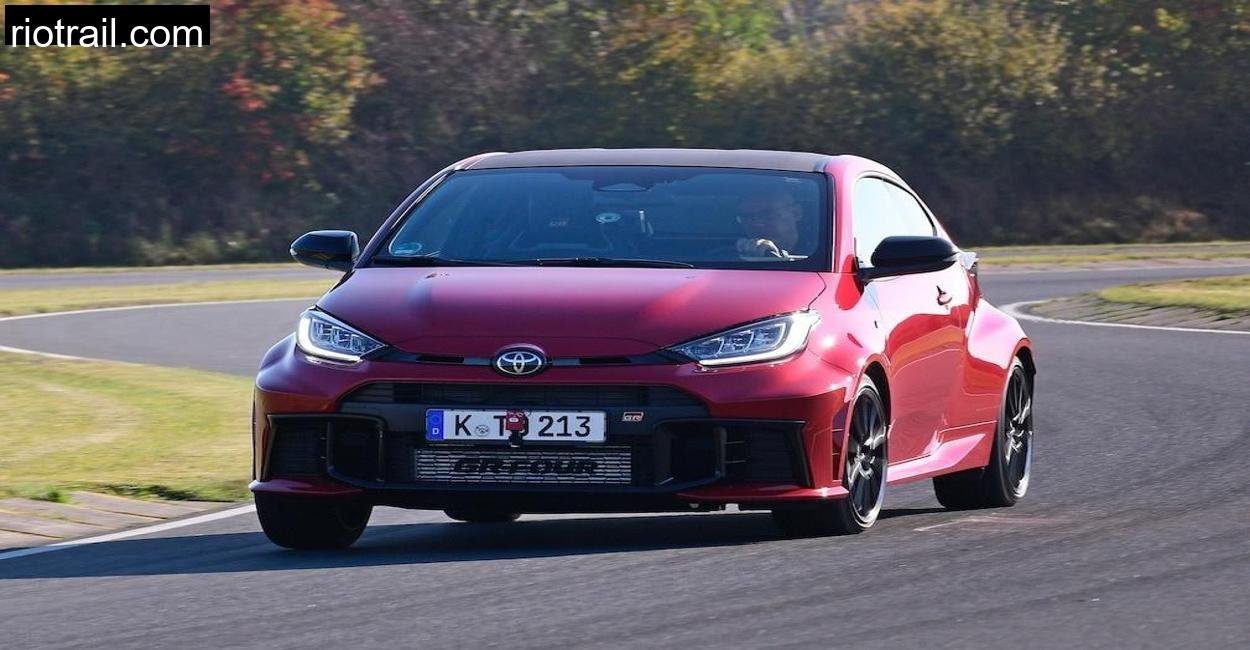Some car stories begin with a thundering engine note, some with the hush of an electric motor. And some, like this one, begin with a simple question: is this Chinese car a genuine threat to Volkswagen?
That thought was buzzing in my mind as I steered the Aion UT, GAC’s up-and-coming compact EV, through the forested roads and panoramic loops of Hohe Flum, a lesser-known but beautiful corner of Germany’s Black Forest region.
Volkswagen’s long-anticipated ID.2 is still months from hitting the streets. The Chinese, however, aren’t waiting. GAC Motors, a massive player back home, is already positioning the Aion UT as a car that could redefine what a “people’s electric car” looks like.
At first glance, the mission is clear: offer the space and features of a VW ID.3, the price of an upcoming ID.2, and the tech of a Tesla, all wrapped in a friendly, rounded package that might just tempt European buyers. The challenge is obvious. But could this little-known Chinese EV really deliver the goods?
To find out, I took the Aion UT for a full day’s workout on the winding roads of Hohe Flum, testing it on steep climbs, rough surfaces, fast country lanes, and the occasional charging stop. What I discovered was more than surprising. The Aion UT is no vaporware pretender, it’s a car that works. And it might just shake the market more than Wolfsburg cares to admit.
First Impressions: Cute, Clever, and Confident
As I approached the car early in the morning at the Hohe Flum car park, the Aion UT looked almost comically cheerful. With its wide-eyed headlights, rounded proportions, and squat stance, it has none of the corporate coldness that defines so many EVs today.
At 4.27 meters long, it slots neatly below the VW ID.3, but its 2.75-meter wheelbase immediately hints at more cabin space. The body is subtly sculpted, but the overall look leans toward friendly rather than aggressive. This is a car designed to welcome drivers, not intimidate them.
Climbing in, I was greeted by an unexpectedly airy and modern cabin. The nine-inch driver’s display is crisp and clean, while the huge 14.7-inch central touchscreen dominates the minimalist dash. Controls are logically laid out, with physical buttons on the steering wheel, a small but significant improvement over some German rivals who have gone full touch.
There’s also a genuine sense of space. In the front, the open floor and thin console make for excellent legroom. In the back, I found ample room even with my 1.85-meter frame. The 440-liter trunk easily swallowed my gear for the day. Already, the Aion UT was ticking practical boxes that many budget EVs struggle with.
Driving Dynamics: Surprisingly Polished
The first few kilometers of our test route wound gently uphill from Hohe Flum’s southern edge, giving me a chance to sample the Aion UT’s urban manners.
Acceleration is brisk, with a seamless surge typical of EVs. GAC claims a top speed of 180 km/h, and while this wasn’t something I could test on forest roads, it hints at a car ready for Germany’s Autobahns. On normal roads, the single-motor drivetrain feels perfectly tuned for both city sprints and open-road cruising.
What surprised me most was the ride quality. The Chinese-market cars tested in Guangzhou reportedly leaned toward soft and floaty, but this European-spec UT prototype felt far more composed. Over the cracked asphalt and patchy forest lanes of Hohe Flum, the suspension managed both comfort and body control impressively well.
It’s not a sports car, and it doesn’t pretend to be, but the chassis feels secure even when pushing harder through sweeping bends. There’s moderate body roll, as you’d expect in a tallish hatchback, but grip is reassuring and the car remains predictable.
GAC seems to have done its homework here. European customers demand polish, and the UT is already remarkably close to the sweet spot.
Energy Management: Real-World Range and Charging
With a 60 kWh battery sitting low beneath the floor, the Aion UT is quoted at 430 kilometers of range in the optimistic Chinese cycle. In the real world, that number will be lower, but by how much?
I started the day with a full charge, having juiced the car overnight at a local 11 kW wallbox (the car’s AC limit). Setting off in temperatures hovering around 5 degrees Celsius, with mixed terrain ahead, I monitored energy use closely.
Initial consumption on the uphill sections around Hohe Flum hovered around 18–19 kWh/100 km, perfectly respectable given the conditions. On flatter stretches, this dropped to 15–16 kWh/100 km.
By the end of a 200 km loop combining country roads, hill climbs, small towns, and some faster stretches of Bundesstraße, I had used 58% of the battery. That suggests a real-world range of around 340–360 kilometers, very solid for a car in this price class.
DC charging performance also impresses. The Aion UT supports up to 180 kW fast charging, far outpacing the current ID.3 and more than competitive with similar offerings. Unfortunately, Hohe Flum lacks high-power chargers, so I could only test at a 50 kW DC station en route home, but even there the UT maintained a steady 46–47 kW rate right up to 80%.
For most everyday users, the UT will handle both home charging and road trips with ease,something not all budget EVs can claim yet.
Cabin Tech: A Blend of Tesla and VW Ideas
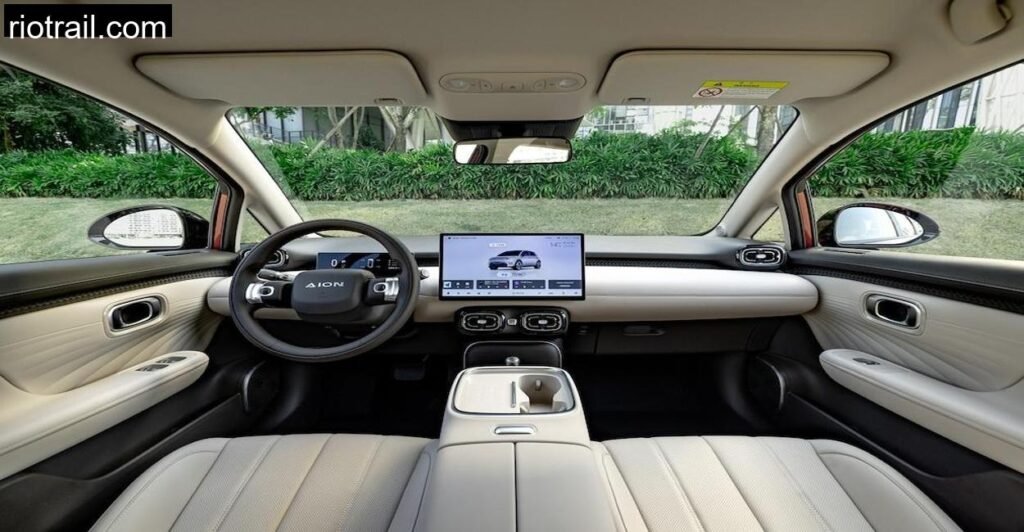
As the sun rose higher and the forest roads gave way to more populated routes, I spent more time exploring the Aion UT’s tech suite.
GAC has borrowed heavily from the best. The main touchscreen is fast and fluid, with a logical UI that will feel familiar to Tesla and modern VW owners alike. The driver display keeps key information in clear sight, and all main functions are accessible with minimal distraction.
Importantly, climate controls remain permanently accessible on the screen, no hunting through menus to adjust the temperature.
GAC has also wisely avoided the trend of haptic steering buttons, opting instead for tactile physical controls with a unique ball-shaped design. These work surprisingly well and allow quick adjustments without taking your eyes off the road.
One minor annoyance is the over-eager driver assistance chimes. On several occasions, the UT bombarded me with beeps and warnings on narrow Hohe Flum roads where lane markings were poor. This is a tuning issue rather than a hardware flaw, and I suspect European versions will tone down the overprotective settings.
Still, as a first impression, the tech package is cohesive and competitive, not perfect, but entirely usable and friendly to drivers new to EVs.
Practicality and Build Quality
A key selling point of any compact family EV is practicality, and here the Aion UT scores highly.
Throughout the day, I used the spacious rear seats to stow camera gear and winter clothing, and at one point I had three adults riding comfortably in the back for a scenic stretch. The extra legroom from that longer wheelbase really pays off.
The trunk swallowed a bulky backpack, tripod, and drone case with room to spare. The 60/40 split rear seats fold nearly flat, making the UT a versatile companion for active lifestyles.
Build quality, meanwhile, exceeded my expectations. Panel gaps were consistent, materials felt solid, and there were no suspicious rattles even on rough surfaces. GAC is clearly capable of delivering production-ready cars to European standards, the days of “cheap and cheerful” Chinese cars are long gone.
If the production UTs match the quality of this test car, buyers will be impressed.
Technical Specifications: Aion UT
Technical info is taken directly from gac’s official website to ensure it’s correct.
| Specification | Detail |
| Powertrain | Single electric motor (FWD) |
| Power | Estimated 160–170 hp |
| Torque | Estimated 250–300 Nm |
| Battery Capacity | 60 kWh |
| WLTP Range (target) | ~430 km (Chinese cycle) |
| Real-World Range (tested) | ~340–360 km |
| Max DC Charging Rate | 180 kW |
| Max AC Charging | 11 kW |
| 0–100 km/h | ~7–8 seconds (estimated) |
| Top Speed | 180 km/h |
| Length | 4,270 mm |
| Wheelbase | 2,750 mm |
| Trunk Capacity | 440 liters |
| Curb Weight | ~1,600–1,700 kg |
| Infotainment | 14.7” touchscreen + 9” driver display |
| Price Target (Europe) | Well under €30,000 |
Conclusion: A Serious Contender in the Making
As I pulled back into the Hohe Flum car park in the late afternoon light, one thought kept coming back: this is not a concept or a gimmick. The Aion UT is ready.
It delivers real-world range, comfort, usable tech, and genuine practicality, all in a cheerful and affordable package. If GAC can finalise its European strategy and offer strong support and warranty coverage, the UT could be the first true Chinese EV blockbuster in the compact segment.
Of course, the Volkswagen ID.2 still has a chance to fight back, but the clock is ticking. The Chinese are no longer chasing the Europeans; in many ways, they are already matching and sometimes exceeding them.
After a full day of driving in one of Germany’s most scenic and challenging regions, I can say this with confidence: don’t underestimate the Aion UT. This car works. And when it arrives next year, it may well shake the European market to its core..
When will the Aion UT come to Europe?
Current reports suggest a launch sometime in late 2025 or early 2026. GAC is still finalising distribution plans.
Is Aion UT really better value than a VW ID.3?
On paper, yes. The UT offers more cabin space, faster charging, and similar or better range, for a price likely well below the ID.3.
How Aion UT build quality compared to European rivals?
Surprisingly good. The test car showed solid construction, consistent fit and finish, and a well-thought-out interior.
